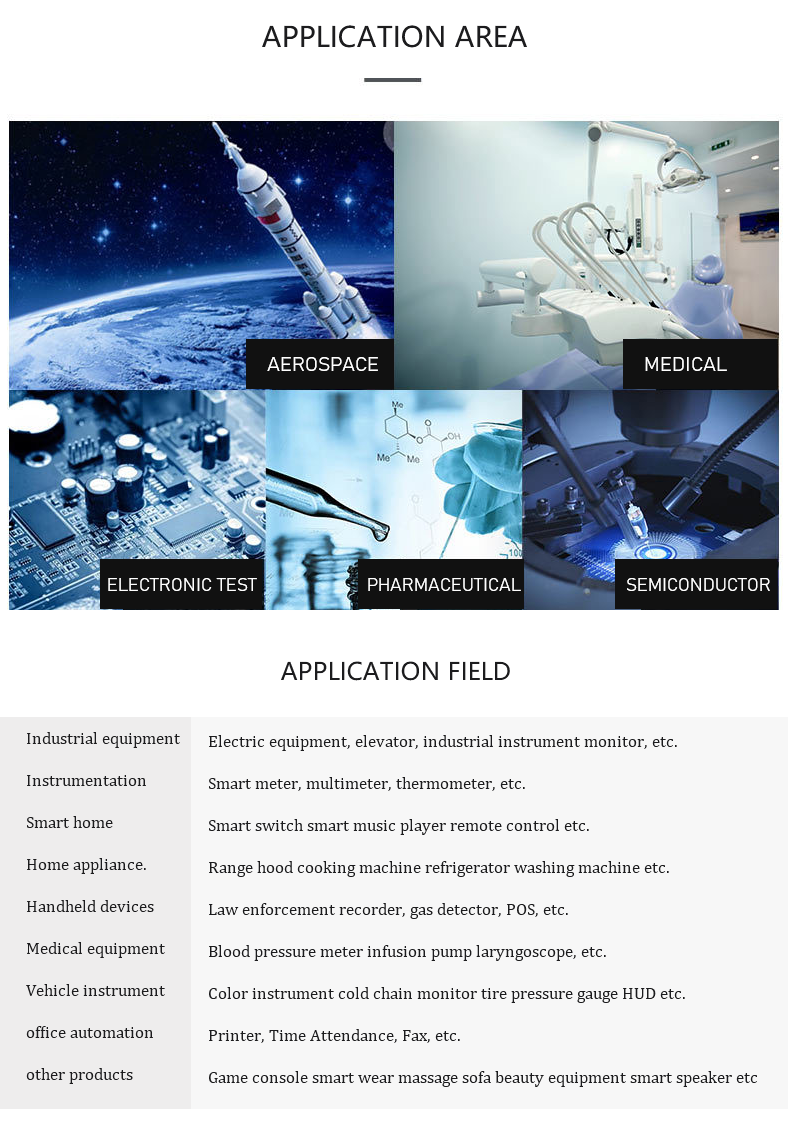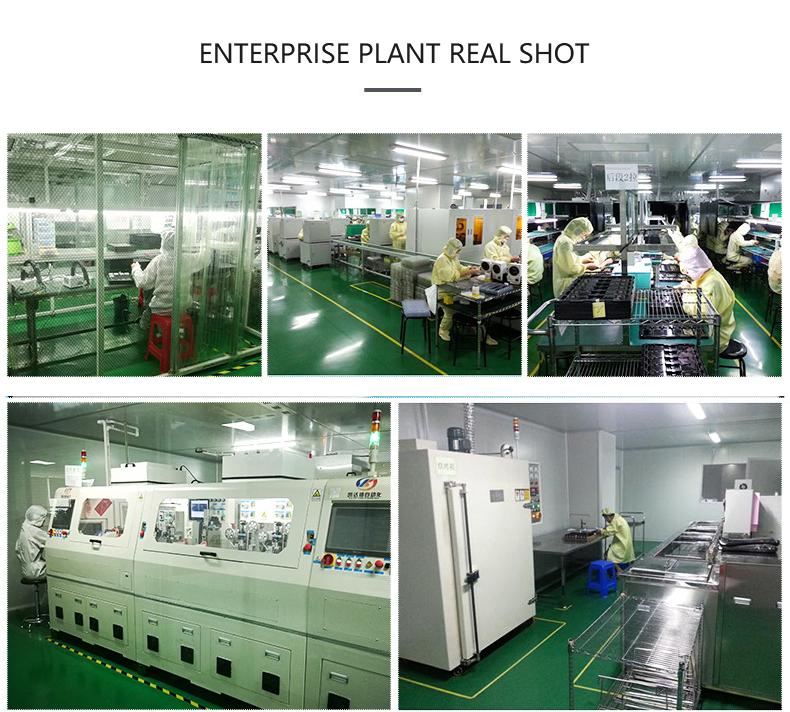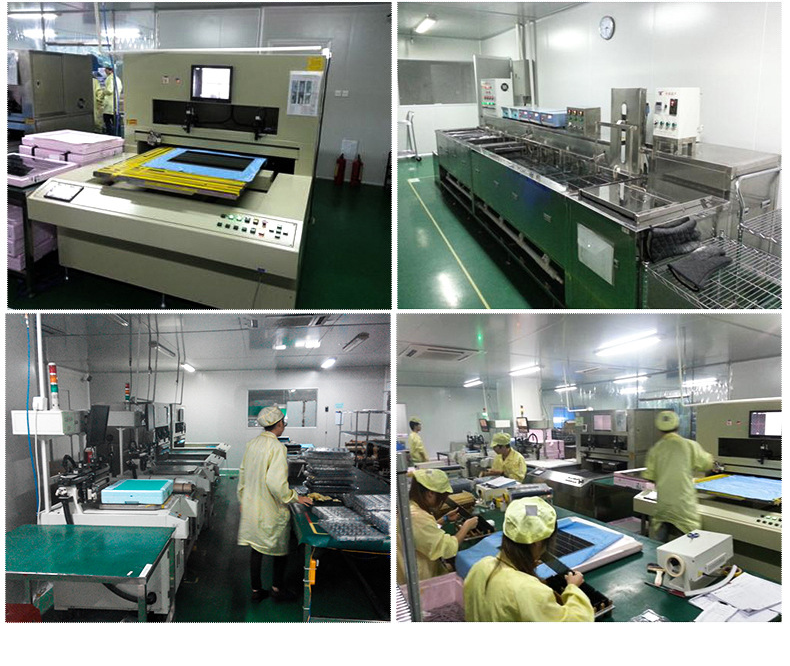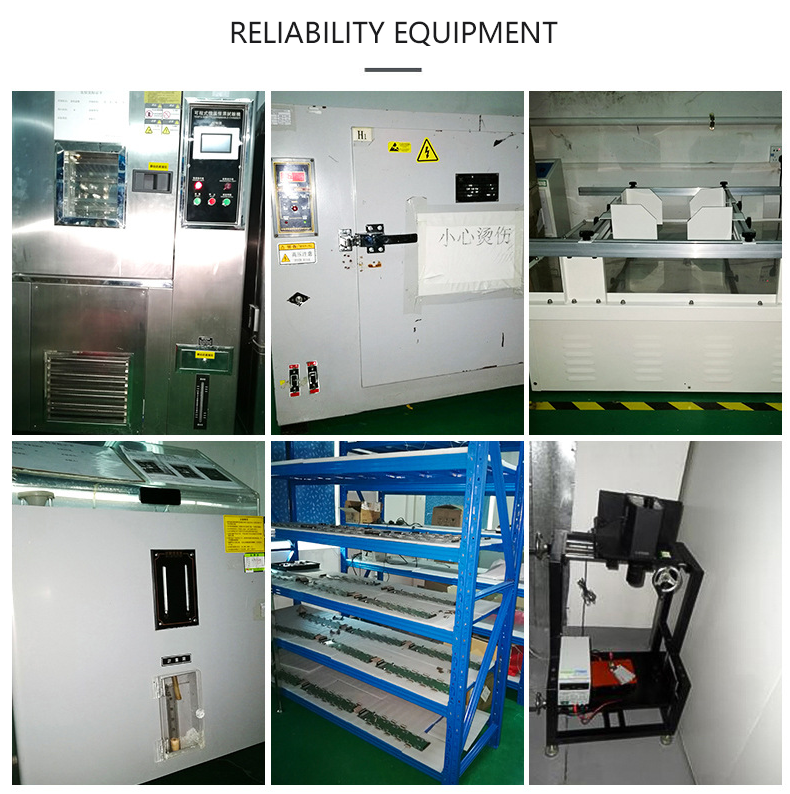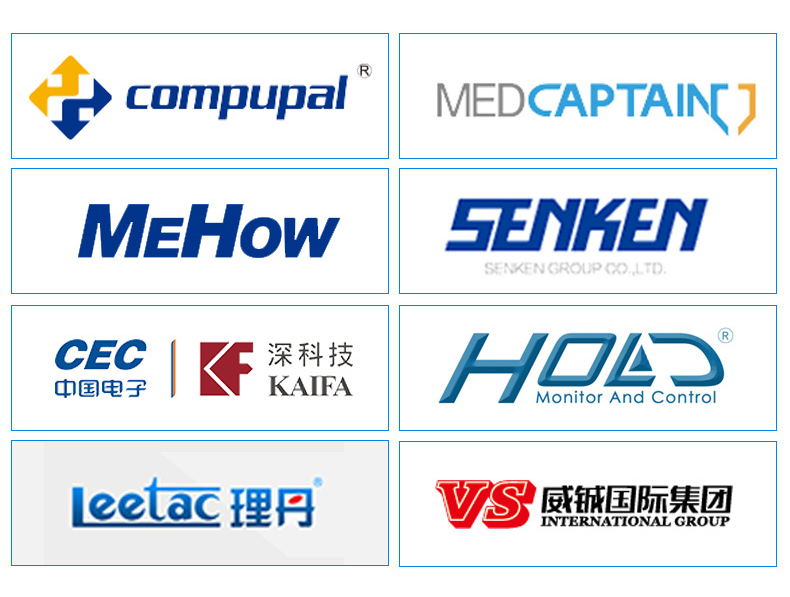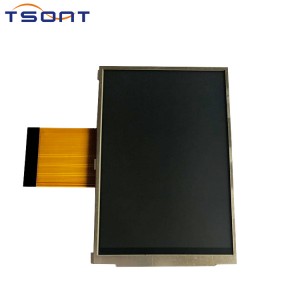| Item | Typical value | Unit |
| Size | 2.3 | Inch |
| Resolution | 320*3RGB*240dots | - |
| Outling dimension | 51.00(W)*45.80(H)*2.3(T) | mm |
| Viewing area | 46.75(W)*35.06(H) | mm |
| Type | TFT | |
| Viewing direction | 12 O’ Clock | |
| Connection type: | COG + FPC | |
| Operating temperature: | -20℃ -70℃ | |
| Storage temperature: | -30℃ -80℃ | |
| Driver IC: | ILI9342C | |
| Interfce type: | MCU&RGB | |
| Brightness: | 200 CD/㎡ | |
Research on liquid crystal materials in China began in 1969. The formal production of liquid crystal materials began in 1987, breaking the long-term technological monopoly in Germany and Japan. Limited by a variety of subjective and objective factors, China’s liquid crystal materials currently only have low-to-medium-grade TN and STN types, and most of the high-end materials (mainly TFT materials) remain in the laboratory.
China’s four liquid crystal material companies sold a total of 223.5 tons of liquid crystals in 2005 (including 180 tons of monomers and 44.35 tons of mixed liquid crystals), with sales of 731 million yuan. A year-on-year increase of 89.87%. In recent years, various liquid crystal material manufacturers have been committed to improving product quality, expanding varieties and improving product structure. In 2005, the most prominent export of liquid crystal monomers formed the scale, of which Shijiazhuang Yongsheng Huaqing has the largest scale and most varieties among the four.





